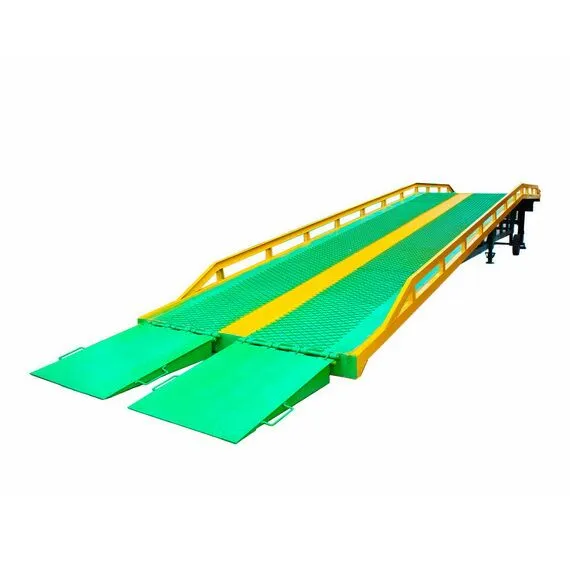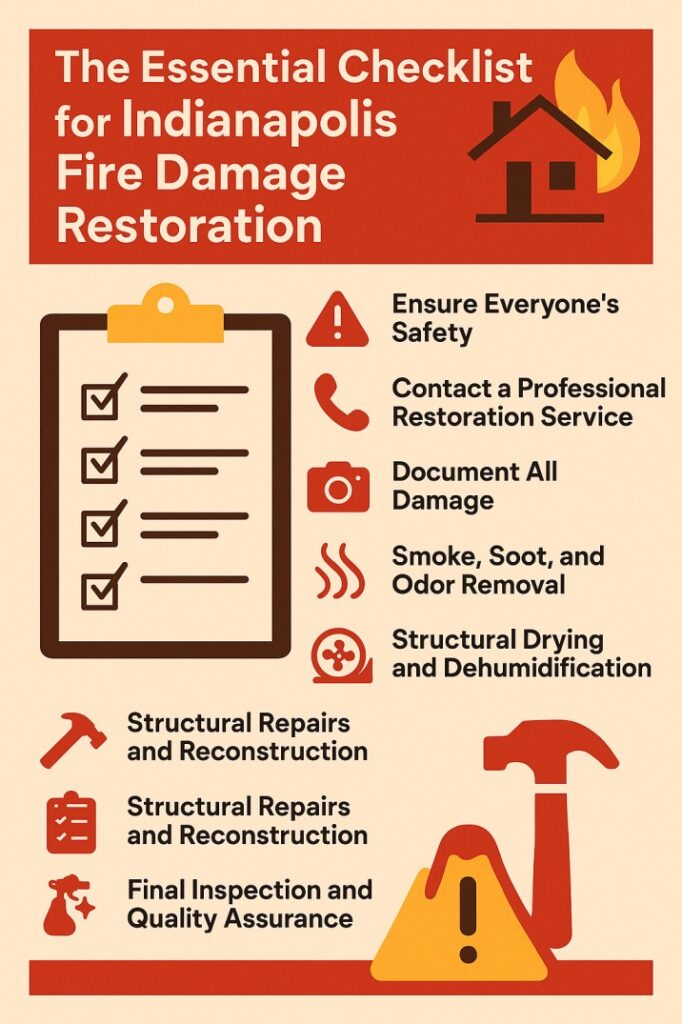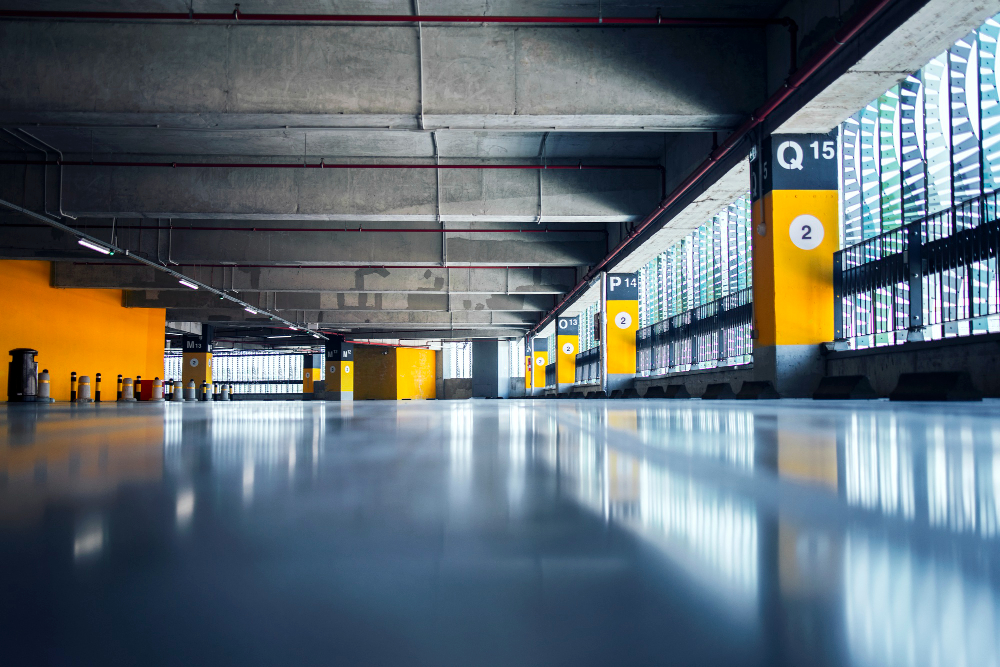In the dynamic world of logistics and industrial operations, efficiency at the loading bay is no longer a luxury—it’s a necessity. Whether it’s a high-volume distribution center or a local warehouse handling sensitive materials, the loading dock is the critical point where goods move in and out of the facility. In Saudi Arabia’s fast-growing industrial landscape, investing in the right dock leveler Saudi Arabia can dramatically enhance performance, safety, and long-term operational savings.
This article delves into the essential features of a dock leveler Saudi Arabia relies on and how such equipment contributes to warehouse efficiency, especially within the region’s unique operating environment.
Why Dock Levelers Matter in Modern Logistics
A dock leveler serves as a bridge between the warehouse floor and a truck bed. It allows seamless transition for forklifts and pallet trucks, compensating for height differences and ensuring smooth material handling. Without it, operations face risks of equipment damage, product loss, worker injury, and costly delays.
Given Saudi Arabia’s expanding logistics hubs and focus on industrial automation, investing in efficient dock equipment is a strategic decision. But not all dock levelers are created equal. Specific design features can significantly improve daily operations and reduce long-term costs.
Key Features That Improve Efficiency in Saudi Warehouses
1. Hydraulic Operation for Smooth Performance
Unlike manual or mechanical models, hydraulic dock levelers offer automatic, push-button control. They provide precise, consistent movement that reduces strain on both operators and machinery. This automation is especially beneficial in high-volume facilities, allowing for faster truck turnaround and reduced labor fatigue.
Hydraulic systems also perform reliably in high-temperature conditions—a critical consideration for operations across Saudi Arabia, where summer heat can challenge mechanical systems.
2. Heavy-Duty Load Capacity and Platform Strength
Warehouses dealing with heavy or bulky cargo—common in sectors like construction, oil and gas, or manufacturing—require dock levelers with high static and dynamic load capacities. Durable steel platforms with reinforced understructures support heavy forklifts and prevent deflection over time.
This robust construction is vital not only for equipment safety but also for preserving the integrity of goods being transported. A strong platform ensures smoother transitions, reduces jolting, and minimizes the risk of product damage.
3. Non-Slip Deck Surfaces for Enhanced Safety
Slips and skids at the loading dock can lead to serious injuries and productivity losses. Modern dock levelers are equipped with anti-slip finishes such as checker plates or textured steel surfaces. These designs provide extra grip for vehicles and personnel, especially during fast-paced loading operations or in damp, dusty, or sandy environments.
Such features are especially relevant for facilities in coastal regions or desert zones of Saudi Arabia, where dust and moisture levels can fluctuate.
4. Adjustable Lip Designs for Versatile Docking
A key part of any dock leveler Saudi Arabia is the lip— the section that extends onto the truck bed. Features such as telescopic or swing lips allow for better alignment with various vehicle heights and tailgate designs. This versatility helps facilities accommodate a broader range of vehicles without manual intervention or additional equipment.
In facilities that manage multiple truck types, adjustable lips eliminate bottlenecks and reduce the risk of improper alignment or loading errors.
5. Safety Features That Reduce Risk
Modern loading dock equipment integrates multiple safety mechanisms, such as:
- Emergency stop buttons
- Safety maintenance struts
- Lip support mechanisms
- Automatic return-to-dock functions
These features protect workers during routine operations and maintenance. In a country like Saudi Arabia, where occupational safety standards are becoming increasingly stringent, incorporating these design elements is essential for compliance and employee wellbeing.
6. Weather Sealing and Durability
With desert dust, intense sun, and occasional rainstorms, the Saudi climate demands weather-resilient equipment. Dock leveler Saudi Arabia designed with corrosion-resistant coatings, sealed hydraulics, and durable bumpers extend equipment life and reduce maintenance needs.
Weather-sealing also improves energy efficiency by limiting hot or humid air from entering climate-controlled warehouses, which is especially important for facilities handling perishables or pharmaceuticals.
The Link Between Dock Leveler Design and Operational Output
An efficient dock leveler doesn’t just improve loading—it transforms overall warehouse performance. Enhanced equipment leads to smoother workflows, shorter truck dwell times, fewer manual adjustments, and reduced downtime.
Studies show that well-designed dock levelers enhance warehouse operations by streamlining the transition between facility and freight. This not only improves productivity but also boosts employee morale by reducing physical strain and repetitive tasks.
Conclusion
In the evolving landscape of logistics and warehousing in Saudi Arabia, dock levelers are no longer basic fixtures—they are productivity multipliers. From high-capacity platforms to anti-slip decks, automated control panels to durable weatherproof builds, each design feature plays a role in reducing inefficiencies and increasing output.
As warehouses aim for higher throughput, lower costs, and improved safety standards, selecting the right dock leveler becomes a strategic investment. With careful attention to the features outlined in this article, businesses can ensure their loading bays become seamless extensions of their supply chain—not stumbling blocks.









